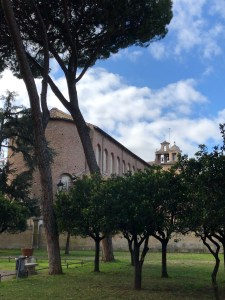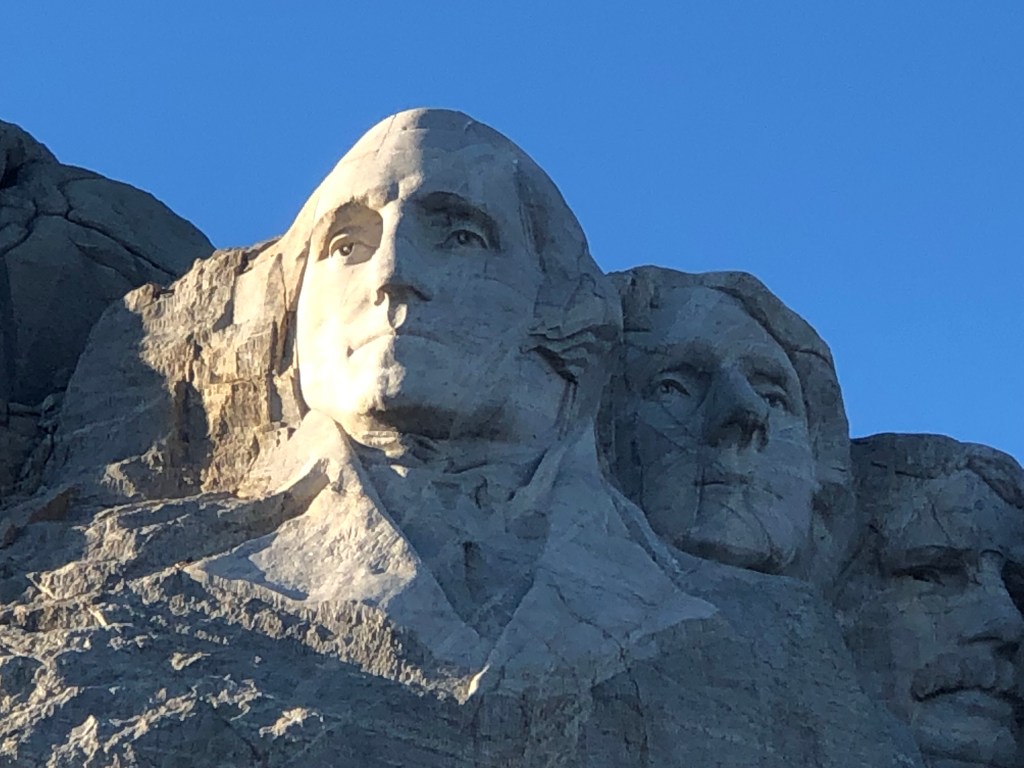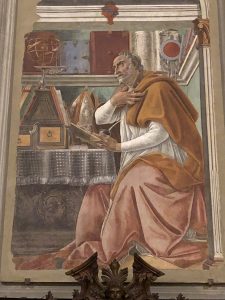
Rising from the ashes is, I suppose, the theme of every Lent and Easter season, though it appears especially appropriate this year. On a personal note, this will be the first time since 2020 that I will be able to return to one of Rome’s great Lenten traditions, the station churches.
I managed to complete the full itinerary my second year here in Rome–and my first Lent as a priest–and wrote about the experience in a series of articles for America Magazine, the first of which gives some background on the tradition: A Jesuit’s Lenten pilgrimage through the station churches of Rome.
The following year, balancing other obligations, I hit about half the churches, and then in 2020, in the second week of Lent, Rome’s churches closed. It seemed as if Nero had gotten his way at last.
Continue reading “Rising from the Ashes”







